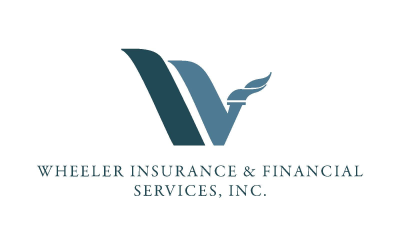We all understand that we must protect our investment(s) and place insurance on it. When people co-own items such as a rental home or a commercial building they often forget to mention this to their Insurance Agents. Why is this important?
It’s vital that you’re listed as an “insured” on the insurance policy if your co-own property.
When something is co-owned, one party must add it to their insurance policy and list the other co-owner(s) as Additional Insured(s) because they also have ownership. If that co-owned item causes injuries or damages to others, only those parties listed on the insurance policy are protected if they’re sued for those injuries or damages.
Here’s an Example: Let’s say two friends co-own a rental home. Friend #1 adds the home to his insurance policy, but doesn’t list his friend as an Additional Insured. Someone is injured on the property and sues both friends/owners, however, only Friend #1 is protected because he’s the only insured listed on his policy. The other friend doesn’t have protection and could be personally sued, thereby risking the loss of his home, investments, and other assets.
Okay so that’s what an Additional Insured means. Let’s now explain what an Additional Interest is.
An Additional Interest is a party who may be INTERESTED that an item is insured, but DOESN’T have any ownership in that item and therefore they CANNOT be listed as an Additional Insured.
Here’s an Example: If you rent an apartment the Property Management Company most likely will ask to be added on as an Additional Interest. This will allow to them be added to a certificate of insurance showing proof that you have coverage and it will notify them if you discontinue the coverage. They have a vested interest because they want to ensure you have certain coverages.
It’s very common for the terms to be used improperly and doing so can cause major issues and leaving companied improperly protected.
For instance, one insured can’t sue another insured on the same policy so incorrectly adding a party as an Additional Insured could make suing a responsible party impossible.
Here’s an Example: A homeowner hires a contractor for a major renovation project and the contractor asks to be listed as an Additional Insured on the homeowner’s policy. The homeowner contacts the Insurance Agent who sends a request to the insurance company to add the contractor. No one asks any other questions and the change is processed.
The contractor loosely installs a railing on an elevated deck. A friend who’s visiting the home leans on the railing, it gives way, and the friend falls and is injured. The homeowner’s insurance carrier covers the injuries under the home liability but then tries to recover appropriate damages from the contractor’s insurance since they were responsible for the loose railing. The contractor, however, can’t be sued for damages because of being listed as an Additional Insured on the policy even though the contractor didn’t have any ownership in the home and had no right to be an Additional Insured. Instead, the contractor should have been listed as an Additional INTEREST on the policy because the contractor only had an INTEREST in the homeowner carrying insurance.
We hope this helps clarify the terminology to help you stay properly protected!

